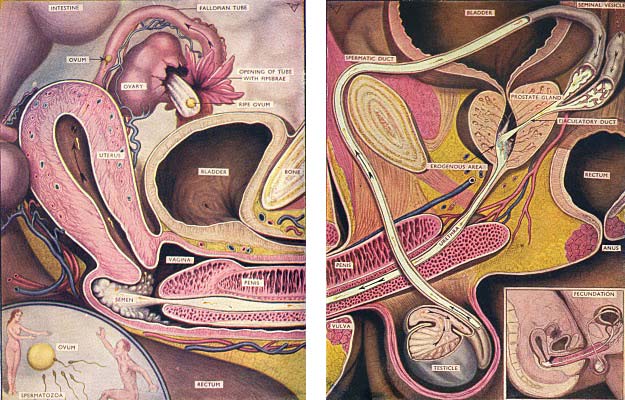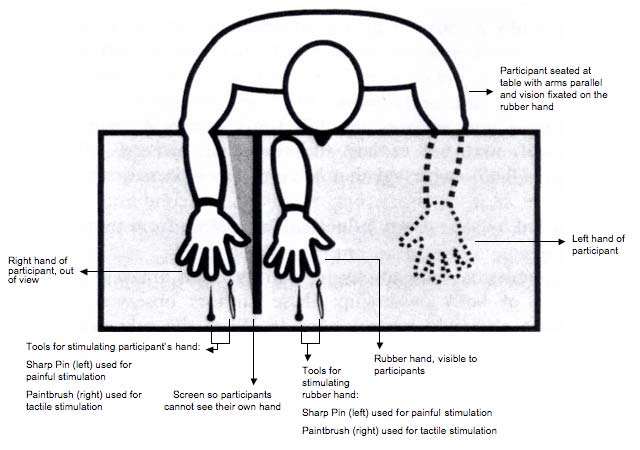In fact, most of the life on the planet is probably composed of bacteria. They have been found making a living in Cretaceous-era sediments below the bottom of the ocean and in ice-covered Antarctic lakes, inside volcanoes, miles high in the atmosphere, teeming in the oceans — and within every other life-form on Earth.
These facts by themselves may trigger existential shock: People are partly made of pond scum. But beyond that psychic trauma, a new and astonishing vista unfolds. In a series of recent findings, researchers describe bacteria that communicate in sophisticated ways, take concerted action, influence human physiology, alter human thinking and work together to bioengineer the environment. These findings may foreshadow new medical procedures that encourage bacterial participation in human health. They clearly set out a new understanding of the way in which life has developed on Earth to date, and of the power microbes have to regulate both the global environment and the internal environment of the human beings they inhabit and influence so profoundly.
Science has determined that life arose and became complex through a process generally known as evolution, but biologists are engaged in an energetic debate about the form of that evolution. In essence, the argument centers on whether the biosphere should be characterized as a tree of life or an interactive web. In the tree construct, every living thing springs from a common ancestor, organisms evolve slowly by means of random mutations, and genes are passed on from parent to offspring (that is to say, vertically). The farther away from the common ancestor, generally speaking, the more complex the life-form, with humans at the apex of complexity.
The tree-of-life notion remains a reasonable fit for the eukaryotes, but emerging knowledge about bacteria suggests that the micro-biosphere is much more like a web, with information of all kinds, including genes, traveling in all directions simultaneously. Microbes also appear to take a much more active role in their own evolution than the so-called “higher” animals. (…)
Recent research has shown that gut microbes control or influence nutrient supply to the human host, the development of mature intestinal cells and blood vessels, the stimulation and maturation of the immune system, and blood levels of lipids such as cholesterol. They are, therefore, intimately involved in the bodily functions that tend to be out of kilter in modern society: metabolism, cardiovascular processes and defense against disease. Many researchers are coming to view such diseases as manifestations of imbalance in the ecology of the microbes inhabiting the human body. If further evidence bears this out, medicine is about to undergo a profound paradigm shift, and medical treatment could regularly involve kindness to microbes.
Still, in practice, the medical notion of friendly microbes has yet to extend much past the idea that eating yogurt is good for you. For most doctors and medical microbiologists, microbes are enemies in a permanent war. Medicine certainly has good reason to view microbes as dangerous, since the germ theory of disease and the subsequent development of antibiotics are two of medical science’s greatest accomplishments.
But there’s a problem: The paradigm isn’t working very well anymore. Not only are bacteria becoming antibiotic-resistant, but antibiotics are creating other problems. Approximately 25 percent of people treated with antibiotics for an infection develop diarrhea. Moreover, people who contract infections just by being hospitalized are at risk of developing chronic infections in the form of biofilms.
{ Miller-McCune | Continue reading | Thanks Constantine }






















